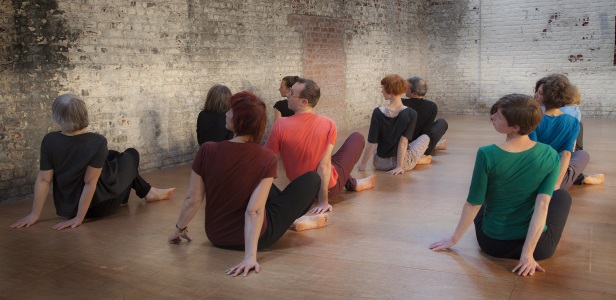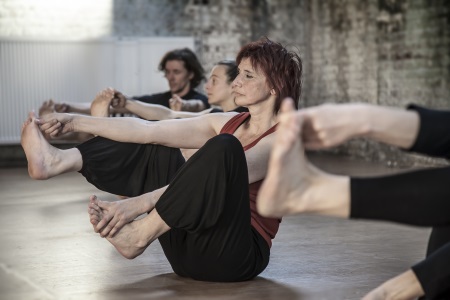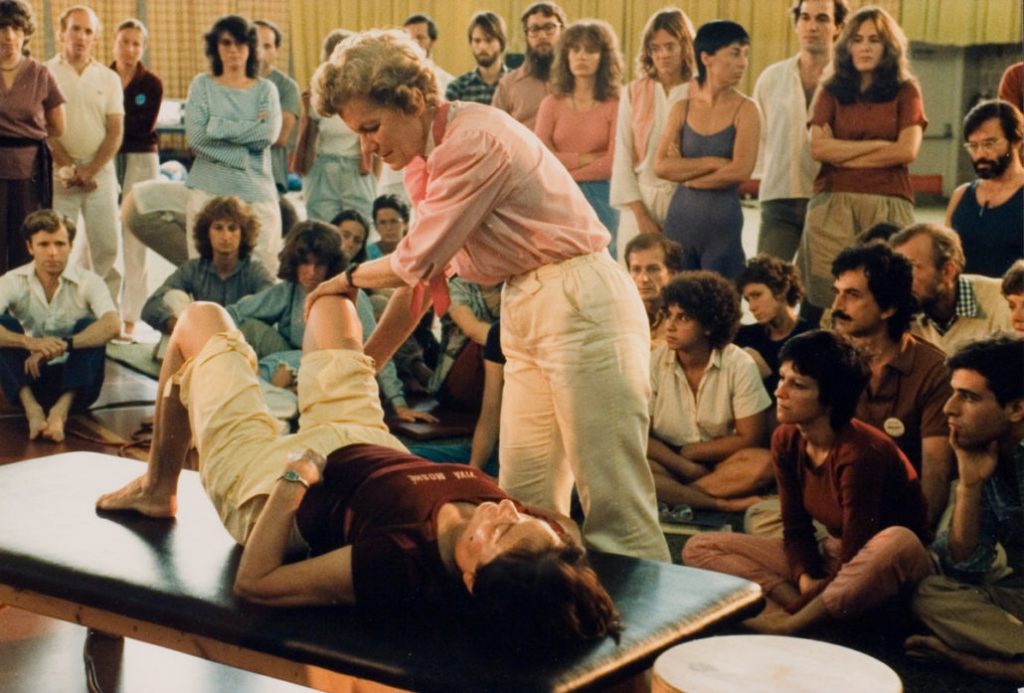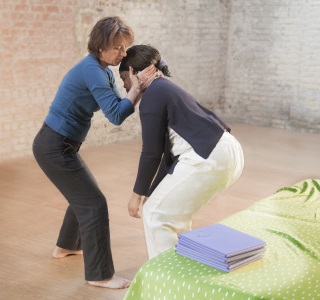The Feldenkrais Method®, was developed over 40 years of study by Dr. Moshe Feldenkrais, Physicist, engineer, martial arts master and life-long learner.. It is a revolutionary approach to understanding and improving human functioning, and is grounded in anatomy,,physiology physics and deep understanding of movement and human development.
The Feldenkrais Method® is fundamentally about rediscovering and refining our innate ability to learn. It offers a unique and comprehensive way to examine and change habitual patterns. The ways in which we usually think, sense, feel and move can become self-limiting or damaging. They no longer meet our current needs. You may have noticed this yourself.
For example; do you:
Injure yourself in the same areas over and over?
Feel limited in your ability to act effectively in your life?
Have a repetitive tension pattern?
The Feldenkrais Method® is a learning model that has many applications and benefits. It has proven effective for people with neuromuscular difficulties, chronic pain, and those who have experienced traumatic events as well as dancers, musicians and athletes who wish to continue to refine their skill. It is appropriate for all those wishing to expand their possibilities.
When participating in the Feldenkrais Method® you learn from your own unique ways of moving. As you become more aware of how you actually sense, act, think and feel, you gain a greater range of ease and skill. With the Feldenkrais Method® you empower yourself by asking and learning how to answer two simple questions: What am I doing? Is there a better way to do this?
If a man wishes to improve his self-image, he must first of all learn to value himself as an individual, even if his faults as a member of society appear to him to outweigh his qualities.
Moshe Feldenkrais : Awareness Through Movement page 19
The Feldenkrais Method® has two formats: Awareness Through Movement® (ATM) and Functional Integration® (FI) It is the practitioner’s role, in each of these formats to create an environment conducive to your learning. They do this through asking questions verbally, and/or with touch to facilitate your ability to focus, be curious about and sense yourself, and create new patterns.
Awareness Through Movement® (ATM) classes are group lessons designed to integrate thinking, sensing, feeling and moving. They are often done on the floor but may also use chairs or while standing. The lessons start with comfortable easy movements that lay the groundwork for exploration and choice. The lessons might explore:
- developmental movements such as rolling, reaching, turning, crawling and bending
- how you breathe
- how you coordinate the movements of your eyes with other parts of yourself
- how you find support through your skeleton
- how you orient in space
- how you balance
The emphasis is on becoming aware of how you do what you do and then how to do it with more ease. It is a learning process, done slowly and without judgement. It engages the innate neuroplasticity of your nervous system. There are hundreds of Awareness Through Movement lessons, of varying difficulty and complexity, for people at all levels of movement ability.
Functional Integration (FI®) is a private, individual lesson where you are fully clothed on a Feldenkrais table. It is focused on your individual needs and uses gentle non-invasive touch as well as voice to guide attention. It can be done in lying, sitting, standing or kneeling and can explore specific actions such as playing an instrument, yoga practices, running or walking. It can address areas of pain and injury, or recovery. Functional Integration® can also have a more general focus geared to comfort and grace in your life. Both forms are generally of 45-60-minute durations.
A combination of both ATM® and FI® is recommended.
Applications
Anyone young or old, physically challenged or physically fit can benefit from the Feldenkrais Method’s gentle lessons.
Feldenkrais can help you recover your full range of function after an injury or trauma. It can help you with chronic or acute pain of the back, neck, shoulder, hip, legs or knee. The Method can also help people dealing with central nervous system conditions like multiple sclerosis, cerebral palsy and stroke.
The benefits of the Feldenkrais Method are not limited to repairing or mending. If you’re already reasonably healthy, you can learn how to move with even greater ease, relax more deeply and increase your overall sense of vitality.
If you’re a musician, actor, artist or athlete, the Feldenkrais Method can help you extend and refine your abilities and enhance creativity. It’s helped many run, sing or dance with more ease, grace and flexibility. Many Seniors enjoy using Feldenkrais to keep or regain their ability to move without strain or discomfort.
If you want to be more comfortable at work, whether that’s sitting at a computer, hammering at a construction site, or interacting with others, the Feldenkrais Method can help you.
If you’ve given up a favourite activity you used to enjoy whether it’s running or gardening, tennis or golf the Feldenkrais Method can help you learn an easier, pain-free way to do it.
Once you’ve learned to move with less effort, you’ll notice every aspect of daily life becoming easier, more centered and more deeply balanced. Your sense of yourself deepens and so life becomes richer.
We do not work with people’s problems, but with their health. Health as the capacity to recover from shock; the ability to overcome obstacles; the capacity to live one’s dreams. Moshe Feldenkrais



